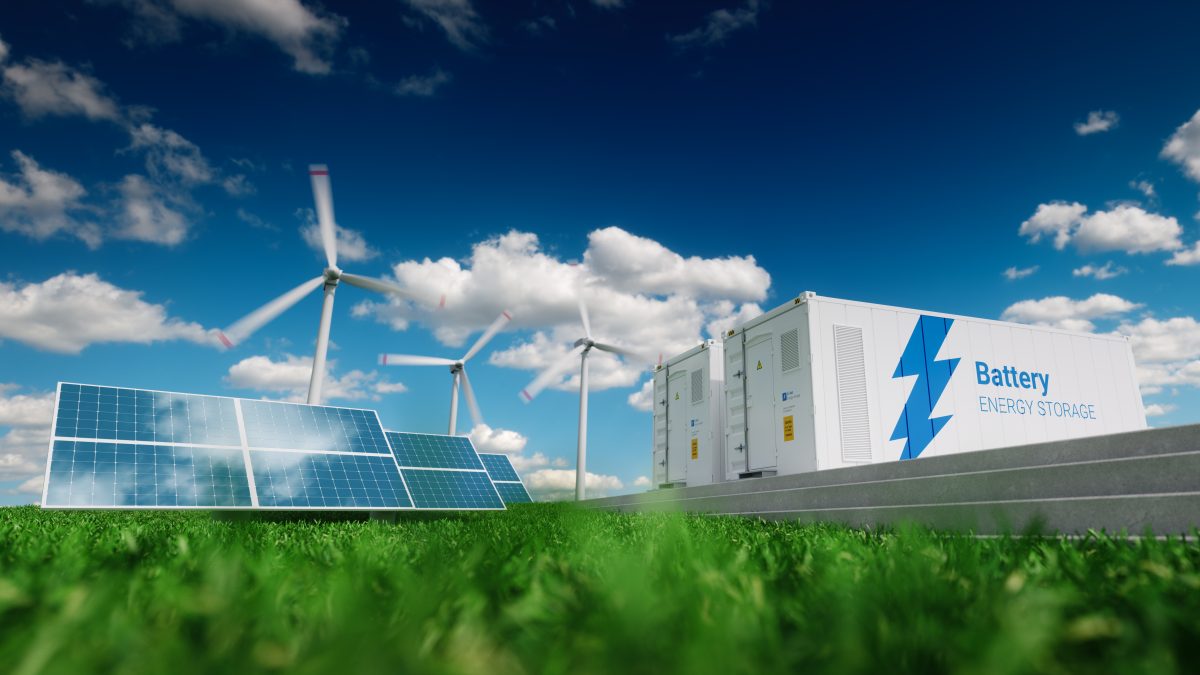Academics and generators investigate long-term storage in Chile
August 29th, 2024
Academics and a power generator are investigating the economics of incorporating long-term energy storage systems into Chile’s grid.
The results are expected to be known by the middle of next year, but initial conclusions could be presented by the end of January, according to information obtained by BNamericas.
The work is being carried out by the Faculty of Engineering and Sciences and the Business School of the Adolfo Ibáñez University (UAI). The Chilean unit of the French power company EDF is the technical counterpart.
The Centra-EDF project (CENTRA being the specialist unit in energy transition of the Faculty of Engineering and Sciences of the UAI) also aims to identify possible legislative and regulatory modifications to the energy market that support a net-zero CO2 emissions system by 2050.
“The main objective is to quantify the economic value that long-term systems can contribute to the Chilean electrical system. Next, it is interesting to analyze whether a private investment in this type of technology manages to recover its investment from the existing market instances in the National Electric System,” said Centra director Daniel Olivares.
“Finally, the goal is to generate a series of regulatory and/or public policy recommendations that facilitate the efficient development of these technologies for the benefit of all electricity consumers and the country’s decarbonization goals,” he added.
Potential long-term storage technologies include pumped storage and molten salt units.
Regarding the role of EDF, Olivares indicated that, “based on the experience of its parent company in France, EDF will provide relevant details to characterize the investment and operation of long-term storage systems, in particular, on hydraulic pumping plants, in which they have vast experience.”
BNamericas will publish the full interview with Olivares in the coming days.
STORAGE BACKGROUND
The storage landscape in Chile is expanding, while there is plenty of scope to boost penetration of clean energy during non-solar hours.
According to a report by the Chilean Generators Association with data from June, 424MW of storage capacity was in operation; 251MW was in testing; and 1.41GW was under construction. Most of this is now battery capacity incorporated into solar PV parks.
The metrics are in line with the Energy Ministry’s goal of having 2GW developed or confirmed by the end of 2026.
Generally, injection of projects built or under construction lasts four hours, and some longer-duration initiatives have been proposed. The largest is the US$1.4 billion Paposo pumped storage system planned by Chilean generator Colbún. The environmental agency SEA has just ended early the evaluation of the 800MW project in the Antofagasta Region because it said there was a lack of information, but Colbún disagrees with the decision. According to the documentation submitted to SEA, the plant’s injection would last for at least seven hours a day during periods without solar energy.
According to July data from the association Acera, 9.50GW of storage capacity was under environmental review and 3.77GW had received environmental approval.
Open access data from the electrical coordinator CEN shows that much greater storage capacity is being considered.
In this context, a study published by CEN in 2023 estimates that 1-4GW of storage capacity would be needed between 2026 and 2030, mainly in the north, with a duration of six to eight hours.
This shift is driven by Chile’s effort to reach the net-zero emissions target by 2050, high levels of discharges, low daytime spot prices and associated arbitrage opportunities.
Among the legislative and policy signals, a draft in Congress establishes that 60% of energy must come annually from non-conventional renewable energy sources (NCRE) by 2030. Initially, 20% was targeted for 2025, a goal that has already been surpassed, given that around 37% of generation comes from NCRE. The legislative project also stipulates that 40% of each time block must be covered by NCRE sources by 2030, a goal that is already achieved during daytime hours. For now, injections from storage systems would count towards meeting the goal.
Also notable is Chile’s attempt to eliminate its coal-fired power plants of more than 5GW by 2040 at the latest. Energy storage systems could bring flexibility to the grid and reinforce the services currently provided by these plants.
Green hydrogen production, in particular, ammonia-oriented projects derivative could also encourage investment in storage, given the continued demand for cheap, clean energy.
However, one risk currently on the radar is overdevelopment of storage capacity, which would make it difficult to earn revenue from projects.

